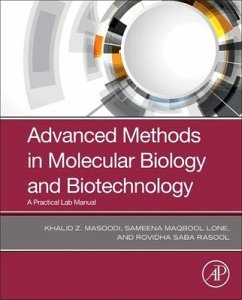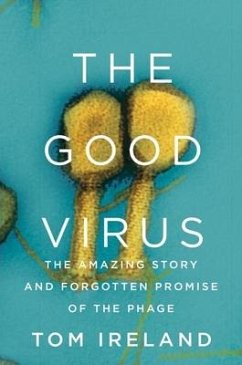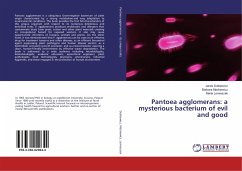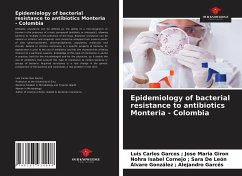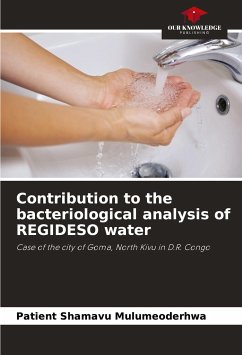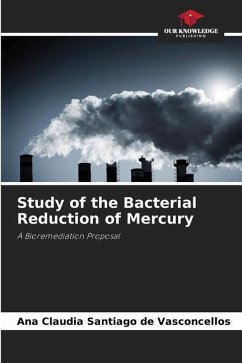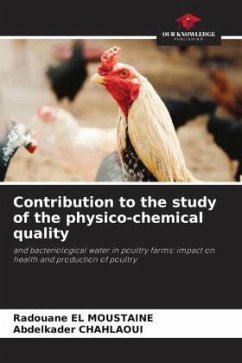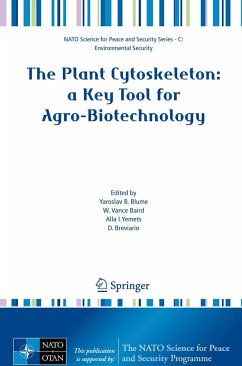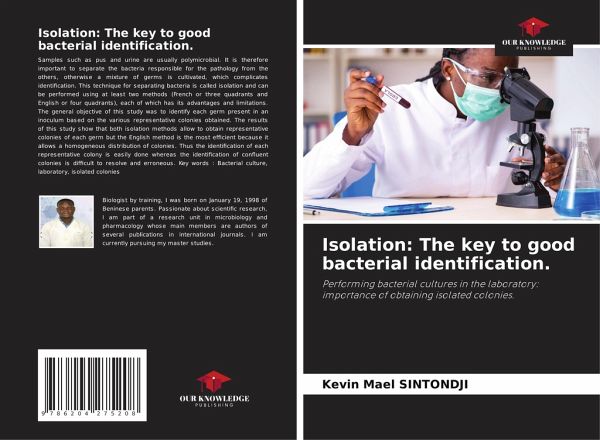
Isolation: The key to good bacterial identification.
Performing bacterial cultures in the laboratory: importance of obtaining isolated colonies.
Versandkostenfrei!
Versandfertig in 6-10 Tagen
27,99 €
inkl. MwSt.

PAYBACK Punkte
14 °P sammeln!
Samples such as pus and urine are usually polymicrobial. It is therefore important to separate the bacteria responsible for the pathology from the others, otherwise a mixture of germs is cultivated, which complicates identification. This technique for separating bacteria is called isolation and can be performed using at least two methods (French or three quadrants and English or four quadrants), each of which has its advantages and limitations. The general objective of this study was to identify each germ present in an inoculum based on the various representative colonies obtained. The results...
Samples such as pus and urine are usually polymicrobial. It is therefore important to separate the bacteria responsible for the pathology from the others, otherwise a mixture of germs is cultivated, which complicates identification. This technique for separating bacteria is called isolation and can be performed using at least two methods (French or three quadrants and English or four quadrants), each of which has its advantages and limitations. The general objective of this study was to identify each germ present in an inoculum based on the various representative colonies obtained. The results of this study show that both isolation methods allow to obtain representative colonies of each germ but the English method is the most efficient because it allows a homogeneous distribution of colonies. Thus the identification of each representative colony is easily done whereas the identification of confluent colonies is difficult to resolve and erroneous. Key words : Bacterial culture, laboratory, isolated colonies





